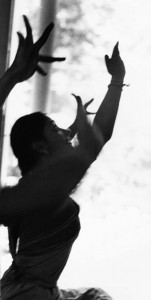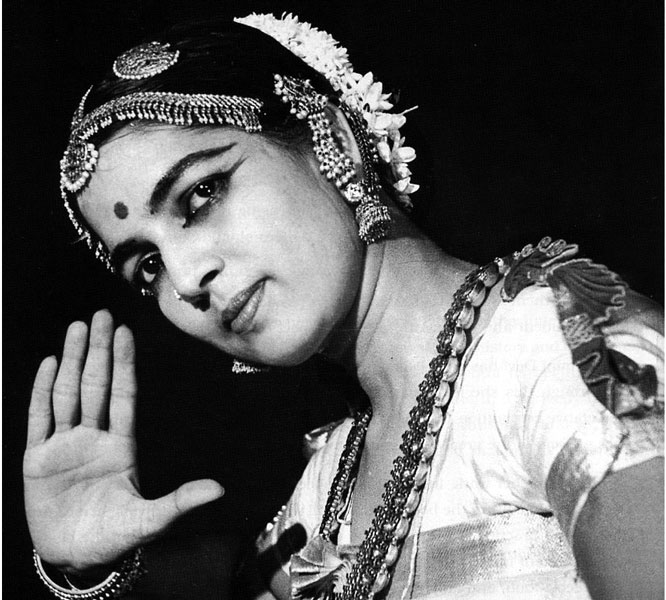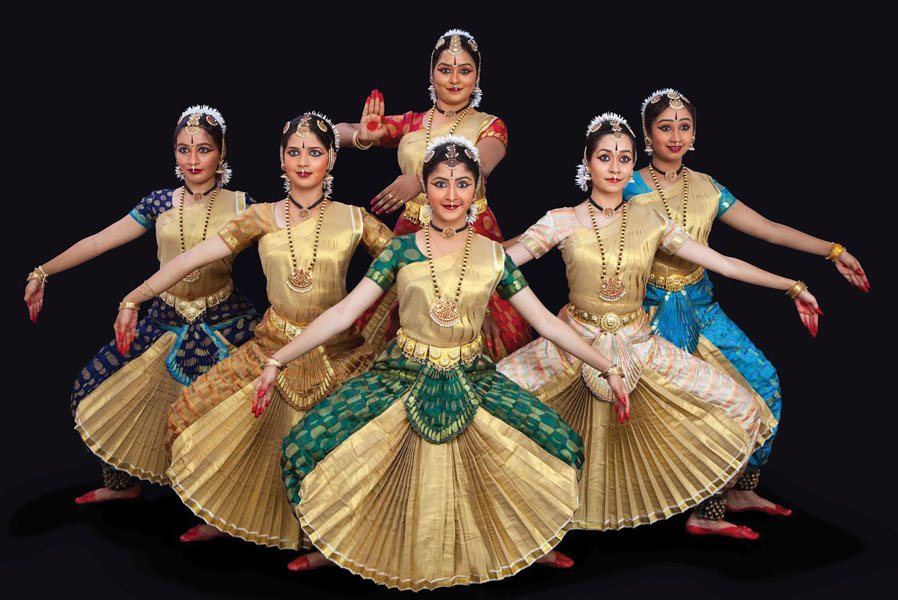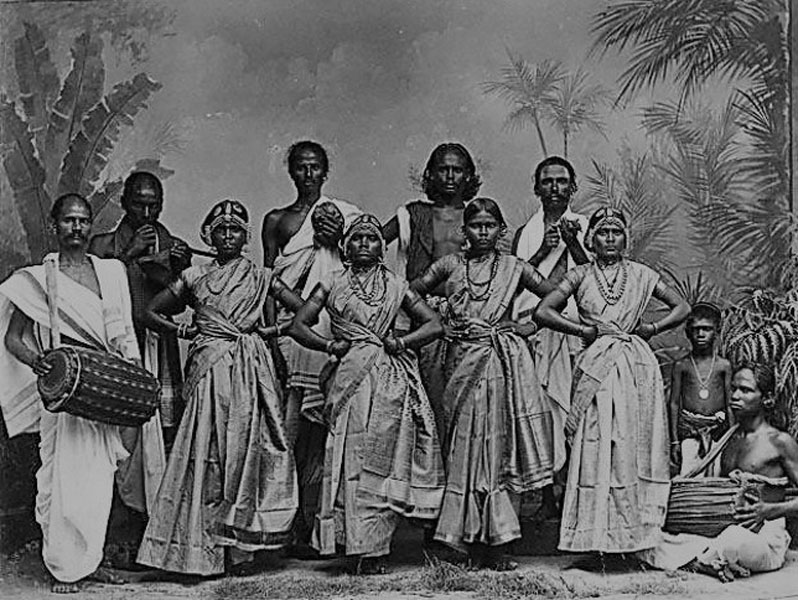Dance of Life
 Have you ever watched the undulating waves of the sea, the gentle swaying of leaves in the breeze, the brilliant fireworks in the sky after a downpour, a resplendent dancing peacock, a flock of birds in flight or even a slithering snake and wondered about the marvelously orchestrated dance of nature? There is animation, rhythm and grace in every living creature and that applies to human beings too. The invisible choreographer has given us all a common beat — the heartbeat — and when we synchronise our thoughts and movements with this rhythm, it transforms into the dance of life. Voltaire’s insightful message to the world was, “Let us read and let us dance; these two amusements will never do harm to the world.”
Have you ever watched the undulating waves of the sea, the gentle swaying of leaves in the breeze, the brilliant fireworks in the sky after a downpour, a resplendent dancing peacock, a flock of birds in flight or even a slithering snake and wondered about the marvelously orchestrated dance of nature? There is animation, rhythm and grace in every living creature and that applies to human beings too. The invisible choreographer has given us all a common beat — the heartbeat — and when we synchronise our thoughts and movements with this rhythm, it transforms into the dance of life. Voltaire’s insightful message to the world was, “Let us read and let us dance; these two amusements will never do harm to the world.”
Music and dance were also an important part of temple rituals and worship and the custodians of this art were known as Devadasis or servants of God.
Indian classical dance is a living art form that has been handed down orally from guru to sishya or teacher to student. John Ruskin commented, “Great nations write their autobiographies in three manuscripts — the book of their deeds, the book of their words and the book of their art.” In India we are the proud inheritors of a great encyclopedic treatise on arts, Bharatha’s Natya Shastra, believed to have been written in 200 BCE, consisting of 6,000 poetic verses describes the performing arts. The ancient text emphasises that the primary goal of entertainment is to transport the audience into a realm where it experiences the essence of its own consciousness and reflects on spiritual and moral questions.

Classical arts enjoyed a highly respectable status in India as most of the rulers were great patrons of the arts. They used to appoint the best artists as court dancers, musicians and poets and their collaborative work resulted in many great works. During the early 19th century, there were four talented brothers, Chinnaiah, Ponniah, Sivanandam and Vadivelu who excelled in the art of Bharatanatyam. Popularly known as the Thanjavur Quartet, they were employed in the courts of the Maratha king, Serfoji II in Thanjavur in the early 19th century and later moved to Travancore to work in the court of the poet/musician King Swati Tirunal. Their dance compositions are performed regularly even today and considered a yardstick to gauge the capability of the artist.
Initially, only a few women from respectable families came forward to learn dance but they faced vehement opposition. It took concerted efforts of stalwarts like T Balasaraswati and Rukmini Devi Arundale to give respectability to this great art form.
Music and dance were also an important part of temple rituals and worship and the custodians of this art were known as Devadasis or servants of God. When the country was invaded by foreign rulers, the court dancers were forced to become courtesans and the art that was once highly respected slipped into disgrace. During the British rule in 1930, the Devadasi Abolition Act was introduced and passed in 1947 and these dancers were banned from dancing in the temples. Many of them went into penury and classical dance almost became extinct. Fortunately, it survived due to the persistence of a few brave individuals and offspring of the talented devadasis who escaped to cities and became dance teachers and performers. Initially, only a few brave women from respectable families came forward to learn dance but they faced vehement opposition. It took the concerted efforts of stalwarts like T Balasaraswati and Rukmini Devi Arundale, the Founder-Director of Kalakshetra School of Fine Arts, to garner support and re-establish respectability to this great art form. Thanjavur Balasarawati is an iconic example of a seventh generation dancer from a traditional matrilineal family of temple dancers and musicians who braved many hardships to perform Bharatanatyam in the early 20th century and restore its lost prestige. The journey to find acceptance and acclaim for dance has been arduous but today we can proudly say that it is regarded as a great classical art.
The diverse classical dances of India can broadly be divided into eight styles belonging to different regions of the country — Bharatanatyam from Tamilnadu, Kuchipudi from Andhra Pradesh, Kathakali and Mohini Attam from Kerala, Odissi from Odisha, Kathak from Uttar Pradesh, Manipuri from Manipur and Sattriya from Assam. The foundation of all the styles is based on the Natya Shastra but each one developed its own distinct identity as it incorporated the cultural ethos of its region. The dances are mostly based on themes from mythology, folklore and stories of local interest that add to the regional flavour. They describe the customs, architecture, flora and fauna of the region while extolling the deeds and virtues of historical characters and presiding deities in places of worship. The songs range from ancient Sanskrit classics to contemporary writings in local languages and dialects.
The foundation of all the styles is based on the
Natya Shastra but each one developed its own distinct identity as it incorporated the cultural ethos of its region.
The music is from the classical genre of that region and the accompanying instruments are the ones traditionally used in concerts and rituals. The costumes are made from silks woven in the region and the jewellery and other adornments are also created locally giving an indigenous touch. These traditions have been carefully preserved and handed down from teacher to student for generations and every classical dancer makes a conscious effort to remain true to them.
I was fortunate to learn Bharatanatyam along with my sister, Rathna (Papa) Kumar under the direct tutelage of ‘Kalaimamani’ K J Sarasa, who hailed from a Devadasi lineage. She honed our dancing skills in the traditional classical repertoire and we had the privilege of performing all over India and abroad. I had to give up dancing more than four decades ago but my sister continues to dance and teach in the US at her Anjali Center for Performing Arts in Houston, Texas, for the past 43 years. She continues to propagate our rich cultural heritage by passing on this great tradition to create a future generation of dancers.

In recent years, more dance forms from different regions are being included in the classical genre, like Vilasini Natyam from Andhra Pradesh, Mayurbhanj Chhau from Odisha, Purulia Chhau from West Bengal and Seraikella Chhau from Jharkhand. Adhering to tradition has been the core strength for preserving the pristine beauty of these vibrant dance forms for so many centuries.
As dance spreads from regional to national to global it is evolving to become more inclusive by erasing linguistic and religious borders and find ing acceptance with an international audience. Today, every genre of creative expression is respected, and tradition and experimentation can coexist in complete harmony. Osho puts it succinctly, “To be creative means to be in love with life. You can be creative only if you love life enough that you want to enhance its beauty, you want to bring a little more music to it, a little more poetry, a little more dance.” Let us strive for a little more understanding of dance and a better appreciation of the aesthetics to become enlightened Rasikas or connoisseurs who enhance the beauty of this world.


